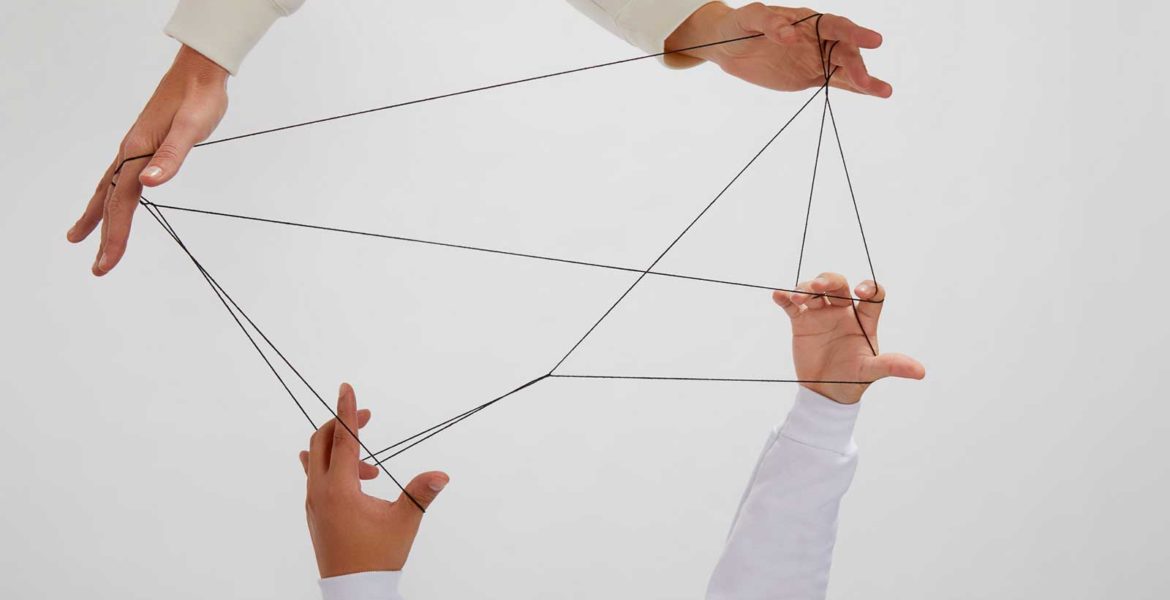We sat down with Jennifer Allen, COO of brand and digital design experience agency handsome, to discuss the rise of digital creative during COVID, the dangers of ‘too much’ digital, and the present and future of omnichannel.
Q: It probably goes without saying that COVID has seen a rise in digital creative. To what degree has the pandemic forced marketers into thinking more digitally vs. physically?
We’ve certainly seen a surge in digital creativity – but astute marketers are also thinking about what their customers are missing and craving and considering how they can meet those needs of IRL connection, physical experiences, and shared experiences. As a creative jumping-off point – in what ways can they support families to get closer together? How can we make the experience of receiving this regular shipment more delightful, interesting, or useful?

Q: What are the dangers of brands and marketers relying too heavily on digital experiences?
I don’t think the real danger is in relying too heavily on digital experiences. The dangers are in not having enough imagination when it comes to ‘experience’ or ‘digital experience’ and in not doing them well. Digital today is already ubiquitous – billboards, kiosks, mobile everything. The most digital-free experiences can still be elevated with digital facilitation – take a spa experience. Scheduling, selecting services, booking, paying, reminders, feedback, follow-ups and cross-sells, all allow customers to focus on enjoying their spa experience. When not done well, the technology can get in the way and cause friction, or the wrong type of information was presented at the wrong time.
Q: Are we at risk of becoming too data and digital dependent and losing that human-centered element?
If you consider ‘human’ as something static and fixed, then yes, and it’s already happened. Data and all of our digital experiences have been created by and for humans – in turn, human use alters those experiences every day. All of the social platforms we are familiar with have evolved and mutated since they started, because of how we used them. In turn, human behavior has been altered by the digital environments we are in – for better and for worse. Brands now have the ability to have a rich, real-time understanding of everything their customers are doing, and that dependency won’t go away. Brands that forget there are actual humans at the other end of the data points are missing out on the best part of connecting with their customers, which is always asking and understanding the ‘why’ behind their behaviors.
Q: handsome is said to be “unwilling to compromise great creative to stay safe.” This is certainly a strong statement; can you explain further what this means to all parties: agency, brand client, and consumer?
Great creative is that thing that feels like magic – it speaks to many things at once, it simplifies the complex without losing any meaning, it elevates everything; it’s completely practical but also touches you emotionally. There is no point in pursuing anything else. While it’s difficult to achieve, it should feel a bit risky but in a way that your gut knows it’s right. Staying safe is accepting defeat before you’ve even started.
Q: Tell us how omnichannel works best from a human-centric design perspective?
The point of omnichannel is to create an experience of your brand/product that fits into your customer’s life – when, where, and how they need you or want you. Omnichannel addresses all the various touchpoints that a customer will be experiencing or interacting with your brand – this can be done well enough but still be quite transactional. Taking a human-centric design perspective, we consider all the contexts surrounding each touchpoint – basics such as their emotional state (getting a health diagnosis for example) will greatly influence how well they take in information, how frustrated they are by a process, how delighted they want to be by a playful tone; as well as whether they are likely to be in transit, at home on the couch, at school. Considering their surroundings and the environments they are in can also have significant impacts on the design of the experience – from the tone to the simplicity or density of information, to the degree of guidance provided, or open exploration. With so much to consider, it can be overwhelming for designers – but starting from the most comprehensive consideration of a customers’ experience will help them make much better decisions, and lead to consistently finding the key moments for your brand to connect with their customer on a deeper level.
Q: How has handsome utilized omnichannel to create the quality of work you’ve become known for?
handsome takes an omnichannel approach to everything we do – even if we were asked to single-mindedly focus on a single channel, we would still consider every touchpoint, every communication, and every part of that customer experience leading to that one moment or experience. That empathy for the user is our starting point and drives all of our creative decisions – it gives us a way to connect on an emotional level.
Q: Do the lessons learned during the pandemic extend to our lives beyond it, or do we slip back into our old “robotic” ways?
There will definitely be a boomerang or slingshot effect – the abruptness and extremeness of the pandemic and quarantine will be met with an equalizing force on the other end. The length of time that we have collectively had experiencing the pandemic and its lessons will help embed those learnings. The harder the lesson was to learn will impact how much it continues to inform behavior. The brands that were hardest hit early on were forced to completely rethink their business from the ground up and get creative fast – those that survived will have learned lessons that will continue to pay dividends. Many brands will default to their old ways, especially if their bottom line supports it. Looking at actuals and performance is, and should be, the top priority for any marketer. But it’s only a reality check on what has already happened. Extrapolating the trends and formulating projections from them is a dark art. The more that brands can synthesize foresight & hindsight, in real-time, the better they can be at adapting to the ever-increasing amount of disruptions and changes in behavior.

